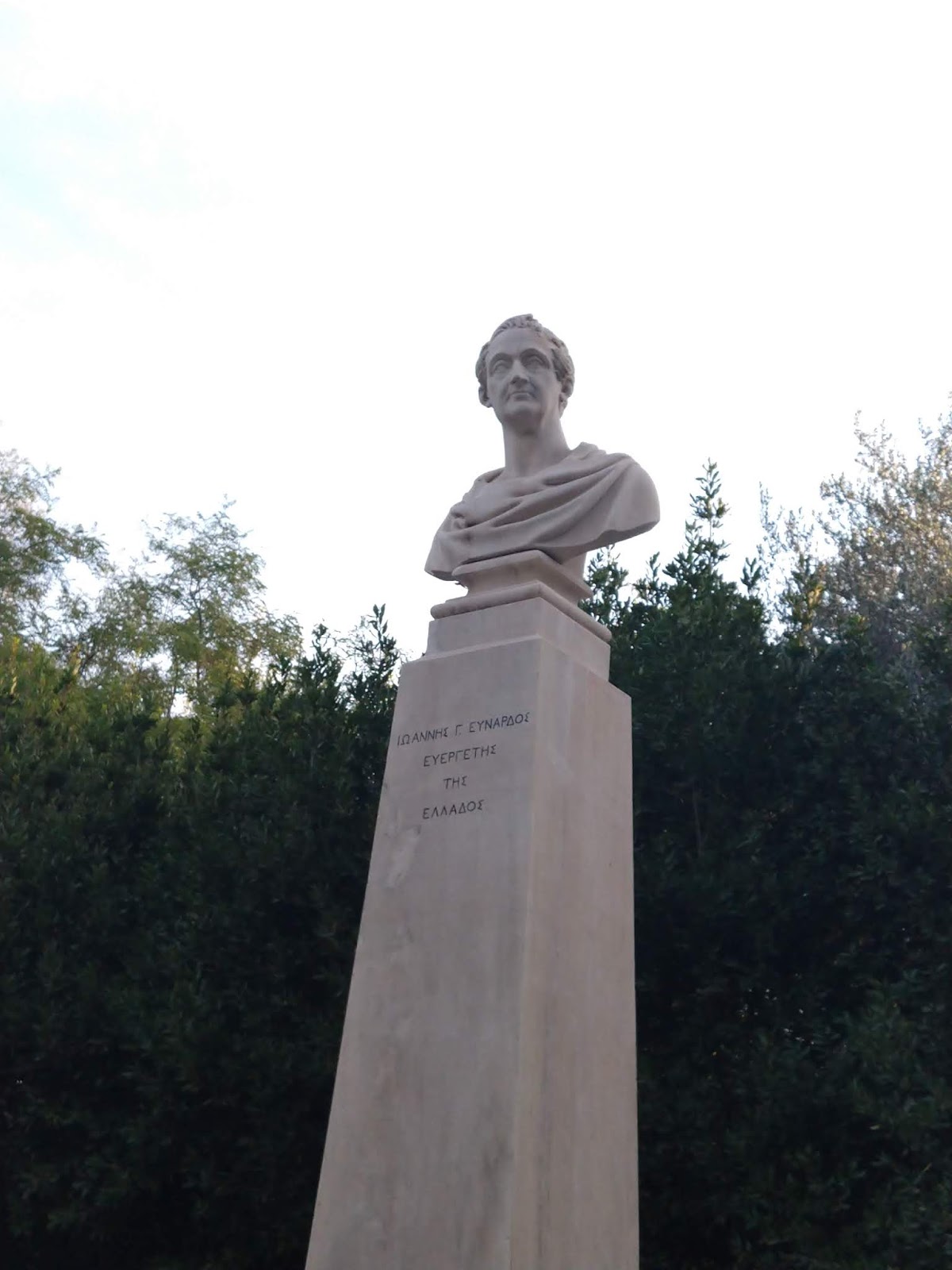After we left Naples, we traveled into the mountains to dig deeper into the family history.
Solofra
My grandfather Domenic Troisi was actually born in a small mountain town called Solofra, about half an hour east of the city of Salerno. His father, Beniamino Troisi, met his mother, Maria Michele Buongiorno, in Solofra when she was working for his brother, the local priest. Here’s an excerpt from my grandfather’s Memory Book for his 50th anniversary:
BENIAMINO TROISI FU BIAGIO met Maria Michele Buongiorno at the home of Father Carmine Troisi who was later elevated to the Canonico and Primicerio Curato to the Parochial and Collegiate Church St. Michele Arcangelo of Solofra Province of Avellino, Italy, December 21, 1941. Miss Buongiorno at the time she met Beniamino, brother of the priest, was keeping house for Father Troisi. Both the Troisis and the Buongiornos were respected families of Solofra.
 |
| Entrance to Terranova Agriturismo |
So our little group of family seekers – which consisted of my cousins Janice and Loraine Carapellucci, Loraine’s husband Dave Handley, sister Julie Holm, daughter Lexie and me – converged on Solofra on Oct. 31, settling into a charming farm BnB,
Terranova Agriturismo, just outside of the village. Our plan was to experience Domenic’s Solofra by attending Mass at St. Michael the Archangel’s on All Saint’s Day.
Discovering family
But as we were eating an Italian breakfast of bread, pastry, cheese and cappuccino that morning, who should arrive in the BnB’s dining room but a man I’d never seen before who looked slightly familiar, named Alfonso Buongiorno. It turned out that Janice had made contact with Alfonso through a friend back in New York, and he was our third cousin! His great grandfather had been Maria Michele’s brother, so we shared great-great-grandparents.
Alfonso shared my cousin Janice’s passion for genealogy, and a generous Italian sense of hospitality. Over breakfast, he shared many things he had learned about our family over a decade of digging, while I took notes like crazy.
Here are the highlights:
Revelations
 |
| Buongiornos from both sides of the ocean |
The first revelation was that the Buongiornos actually lived in Tuscany before coming to Solofra. But before that, they came from the Netherlands and Spain. In Spain, they were likely Sephardic Jews who had been forced to convert to Catholicism. Many families who did this changed their surnames to names like Buongiorno (which means Good Day) or Bonanno (which means good year) so that they could continue practicing Judaism undercover yet still be able to recognize each other.
Alfonso had done a little research on Troisis as well, and said the name was Norman in origin – which Janice, who had also learned this, had taken to mean Normandy, France. No, Alfonso said, it’s actually Norman as in Vikings, most likely from Norway and Sweden! He said many Troisis were blond and blue-eyed because of this heritage.
So we came to Italy to learn we were actually Spanish Jews, Dutch, and Vikings! This helped explain some of the oddities of the DNA test I took last year.
Leather and gold
For the last 500 years, Buongiornos have been tanners, producing fine-quality leather for overseas clients. A member of the family would live in Naples and act as a liaison to sell the product. They also used to be in the gold business until a king stopped buying their product. Today many of their leather clients are being lost to Chinese mass production and cost undercutting, so the family business is grappling with how to respond to a bit of a crisis. But the family also owns rental properties in Calabria, the southern coast of Italy across from Sicily.
Meeting family
The best part of Solofra was discovering family there! We were invited to Alfonso’s home and met his wife Maria and children Raffaela, 18, and Francisco, 15. We talked genealogy and he showed us a framed family tree he had commissioned. He presented Janice with a binder containing scanned copies of paperwork he had acquired through his own genealogy research, which almost made her drool with anticipation.
The church
The church has a plaque on the outside dedicated to Monsignor Carmine Buongiorno, also called Il Canonico, my great great uncle. Inside there is a chapel set up by the family through an endowment. His gravestone is in the floor of a back room, behind the sacristy.
All Saints Day
We joined the All Saints Day procession of Solofra residents walking in the rain under dark umbrellas down to the town cemetery, preceded by the town band playing mournful tunes. Once there, where you could buy colorful flowers from a roadside peddler, we entered the heavy gates and split up, looking for old Troisi and Buongiorno graves. As we wandered among the raised monuments, we watched people clean their family members’ graves and decorate them with flowers and pictures. A memorial mass was held in the chapel in the middle, and the choir voices drifted through the alleys between the small houses that held multiple family members’ graves. It was fascinating.
Here is Alfonso’s family tree:
Next up — Italy, Part 5: Lexie learns about her heritage










































